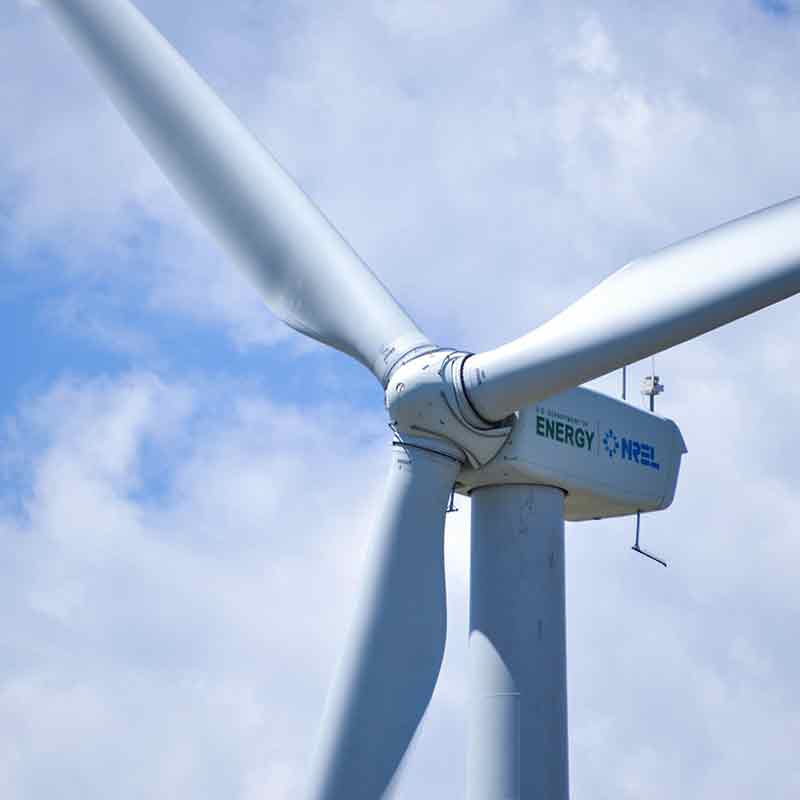Build a sustainability plan 101: set meaningful goals

Know what success looks like
Once you’ve determined your key impact areas and stakeholders, it’s time to state what you’re setting out to accomplish — a.k.a. set goals. To make these goals meaningful, however, it’s also essential to define why your company is going on this journey (the mission), how you’re going to succeed (the objectives) and when you’re projecting you’ll get there (the timeline).
Goal-setting is important not only because it will be your “north star” that will guide you to success, but also because it’s a public statement — to employees, customers, shareholders, investors, suppliers and competitors — about your company’s values and business acumen.
You may be familiar with SMART goals — ones that are Specific, Measurable, Attainable, Relevant and Time-bound. While, for the most part, we agree with this approach, we think truly meaningful sustainability goals need to framed slightly differently, to ensure that they are:
- Ambitious.
- Scientific.
- Aligned with your core business.

1. Make your goals ambitious
Should your goals be “achievable”? At later stages, when you’re implementing your plan and aiming to hit smaller, tangible milestones, we would say “yes.”
At this stage, however, when you’re building the broader sustainability plan, we encourage you to think big. Really big. It is imperative that the business sector take a leadership position to help mitigate climate issues. Your company can be part of the solution. Your employees, customers, shareholders and investors would all agree.
But there are also pure business reasons for setting ambitious sustainability goals. The “old model” of corporate goal setting was to play it safe, and set goals the company knew it could deliver on. What the leading companies in the sustainability space have discovered is this: Setting ambitious goals drives many things, including innovation, optimization and differentiation … all of which are good for business.
So don’t worry about setting a goal you don’t know how you’ll hit yet. The process to attain success will drive innovation, and your company will be better off for it.

2. Make your goals scientific
To be truly effective — and thus valid in the eyes of your customers and employees — your goals should be guided by the sound, scientific principles aimed at mitigating solving a real sustainability challenge: climate change.
There are multiple frameworks that outline how businesses should set goals to best serve the climate crisis. While we’re not going to go too deeply into them here, we encourage you to research which one best fits with your company’s mission, ambition and capabilities. The dominant frameworks are:
- Science Based Target Initiative – a WWF initiative that specifies for companies how much and how quickly they need to reduce their greenhouse gas emissions according to the 2015 agreement.
- Nationally Determined Contributions – a UNFCC initiative that defines the amount that each country must reduce GHG emissions according to the 2015 Paris agreement.
- Sustainable Development Goals – 17 Goals outlined by the UN that define action that all countries must take to improve health and education, reduce inequality, and spur economic growth, tackle climate change and preserve oceans and forests.
- UN Global Compact – self described as “the world’s largest corporate sustainability initiative,” this is a call to companies to align strategies and operations with universal principles on human rights, labor, environment and anti-corruption.

3. Make your goals align with your core business
The days of companies setting arbitrary, unspecific declarations to “go green” are long over. The threats, risks and costs that climate change brings are mounting — a fact not lost on your company’s employees and customers, particularly millennials.
All of which is to say that your corporate sustainability goals need to be authentically and transparently focused on your company’s core lines of business and aligned with your core mission and values.
That doesn’t mean you shouldn’t think about sustainable packaging or other components. You can also consider other aspects of your business. For many companies, tackling “lower hanging fruit” is an easier point of entry into sustainability, and thus may appeal to your “annoyed” stakeholders. But your core lines of business should be explicitly connected to your ultimate goals.
Aligning your sustainability plan with your company’s existing values, vision, mission, objectives and goals will serve two main purposes:
- It helps ensure that your plan maintains “top-down” integrity, which can help guide decision making at various points.
- It helps your communicate your plan consistently to multiple audiences: the C-suite (who you’ll need to green light your project), your suppliers, shareholders, employees and customers.

Some examples
Here are a few examples of meaningful, high-level sustainability goals:
“Our customers count on Walmart to deliver affordable products in a way that is sustainable for people and for the planet, through actions that build transparency and trust … By 2020, soy sourced from Brazil is expected to be sourced with zero net deforestation.” —Walmart
“Enroll 70,000 acres of wheat in a fertilizer optimization plan by the end of 2020.” —Campbell’s Soup Company
“Avoid one billion metric tons (a gigaton) of greenhouse gases from the global value chain by 2030.” —Walmart
“At PepsiCo, our Performance with Purpose efforts are directed toward creating a healthier relationship between people and food while continuing to grow our business. Through our 2025 Agenda, we are making progress towards our goals, which aim to deliver change across our company, value chain, industry and the world. One of those goals is to strive for zero-waste to landfill across all of its direct operations.”

Step 1: focus on environmental goals
The first step in this process is to think about a “purely environmental” mission statement: at a high level, what do you want to accomplish for the environment with the plan?
- What impact will a successful plan have on the environment at large (outside of company’s own activities/operations)?
- What are the values of your company, and how do they inform your sustainability plan?
- What stakeholders does your company serve?
- Environment and habitat.
- Community: employees and customers.
- Society.
- How do you serve these stakeholders?
- What is a reasonable timeline for achieving your mission?
- Should you have an annual goal and a longer-term goal (e.g., three or five years)?
Step 2: match environmental goals to business values
The next step is to make sure your environmental goals ladder down directly from your company’s stated mission or vision statements. The following tools can help get you started.
TOOL: chart your company’s existing language
This can typically be found in the annual report or company bi-laws.
| Your Company’s Language | |
|---|---|
| Values statement | |
| Vision statement | |
| Mission statement | |
| High-level goals | |
| High-level objectives |
Download and fill in the chart
TOOL: aligning environmental and business divisions
The final step is to bring your pure environmental goals in line with the company language. To get started, use this tool to build out an aligned set of goals:
- Referring to your company’s values, vision, mission, goals and objectives in the chart above, which of these would provide the most compelling foundation for your plan? Copy that into column A.
- Referring to your impact and materiality assessments, write down your “pure” (meaning “blue sky”) environmental goals in column B.
- Create a synthesis of the two in column C.
- Assign a “by when” end date in column D.
| A. | B. | C. | D. |
|---|---|---|---|
| Relevant company language and/or strategic goals | “Pure” environmental goal | Synthesis | Timeline |
| Your company’s values, vision, mission, goals and/or objectives | Refer to your materiality assessment | Combination of your company language and environmental goal | By when? |
Want a deeper dive on setting meaningful goals for your interest area(s)?
Build a Plan
Build a sustainability plan 101: introduction
Guide
Build a sustainability plan 101: assess impact
Guide
Build a sustainability plan 101: ID stakeholders
Guide
Build a sustainability plan 101: set goals
Guide
Build a sustainability plan 101: objectives
Guide
Build a sustainability plan 101: ID pilot projects
Guide
Build a sustainability plan 101: the business case
Guide
Build a sustainability plan 101: pitch & launch
Guide